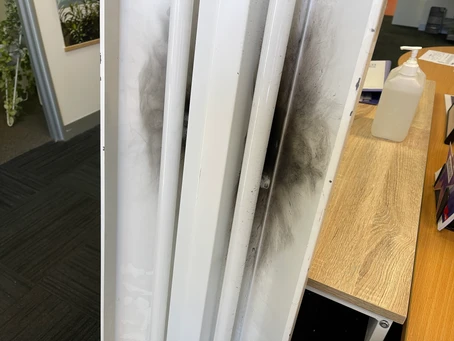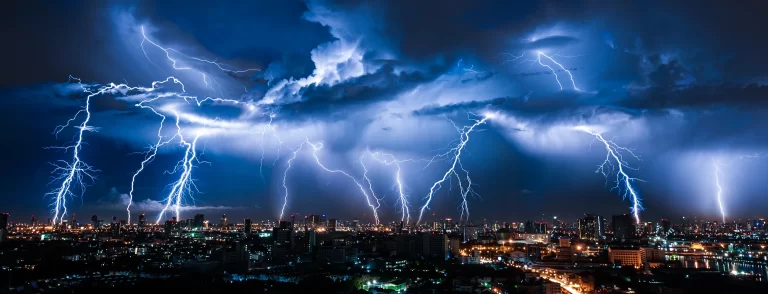In today’s business landscape, where every dollar counts, finding ways to reduce operating costs without sacrificing quality or productivity is paramount. One often overlooked area where substantial savings can be realized is through energy efficiency upgrades, particularly in lighting systems. By making the switch to LED lighting, businesses can unlock significant cost savings while simultaneously reducing their environmental footprint. In this article, we’ll delve into how businesses in Victoria, Australia, can leverage LED lighting to slash their energy bills and explore the avenues available for subsidizing upgrade costs through Victorian Energy Efficiency Certificates (VEECs).
First and foremost, let’s address the efficiency gains that come with LED lighting compared to traditional incandescent or fluorescent bulbs. LED lights consume significantly less energy to produce the same amount of illumination, resulting in lower electricity bills. For example, a typical 60-watt incandescent bulb can be replaced by a 10-watt LED bulb, achieving an 83% reduction in energy consumption. Extrapolating this reduction across an entire office or commercial space can lead to substantial savings over time.
To put these savings into perspective, let’s consider a hypothetical scenario. Suppose a medium-sized office with 100 traditional fluorescent bulbs, each consuming 40 watts, operates for 10 hours a day, 5 days a week. By switching to LED bulbs with equivalent brightness but consuming only 10 watts each, the annual energy savings would amount to 105,120 kWh. At an average electricity rate of $0.20 per kWh, this translates to $21,024 in annual savings.
However, the benefits of transitioning to LED lighting extend beyond direct energy savings. LED bulbs have a significantly longer lifespan compared to traditional alternatives, reducing maintenance and replacement costs. With an average lifespan of 25,000 to 50,000 hours, LED bulbs can last up to 25 times longer than incandescent bulbs and around 10 times longer than fluorescent tubes. This not only minimizes the frequency of bulb replacements but also decreases labor costs associated with maintenance.
Moreover, businesses in Victoria can take advantage of government incentives to further offset the upfront costs of LED lighting upgrades. The Victorian Energy Upgrades program offers financial incentives in the form of VEECs to businesses that undertake energy-saving activities, including the installation of energy-efficient lighting systems. VEECs are tradable certificates generated for every tonne of greenhouse gas emissions reduced through eligible upgrades, including LED lighting installations.
By participating in the VEEC program, businesses can access subsidies that significantly reduce the initial investment required for LED lighting upgrades. The number of VEECs generated depends on various factors, such as the type and quantity of lighting replaced, as well as the energy savings achieved. These certificates can then be sold to energy retailers or other entities obligated to surrender them, providing businesses with a valuable source of additional revenue.
In conclusion, the switch to LED lighting presents a compelling opportunity for businesses in Victoria to realize substantial energy cost savings while contributing to sustainability efforts. Through increased energy efficiency and reduced maintenance expenses, LED lighting offers a clear pathway to long-term financial benefits. Moreover, by leveraging government incentives such as VEECs, businesses can further enhance the affordability of these upgrades. Embracing LED technology isn’t just a smart financial decision—it’s a win-win for businesses and the environment alike.



